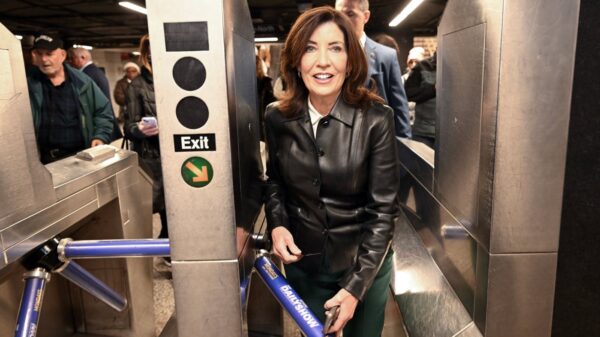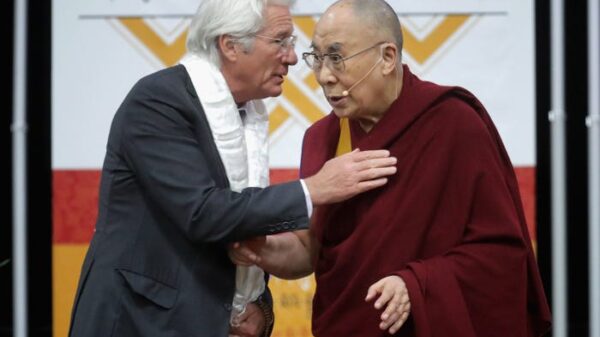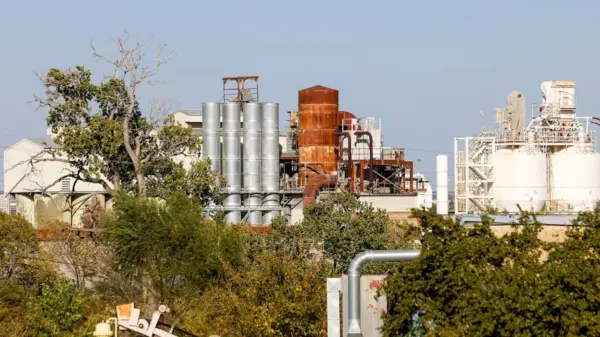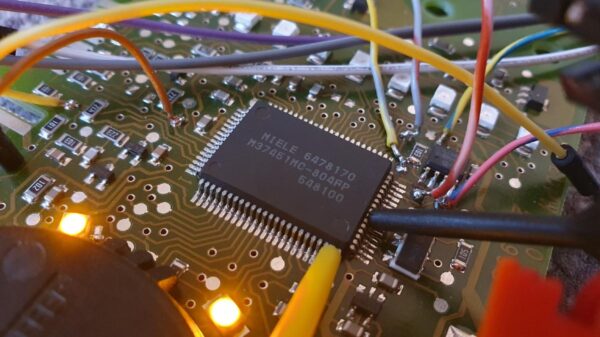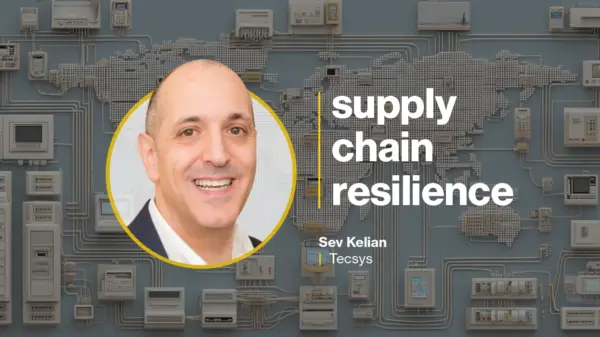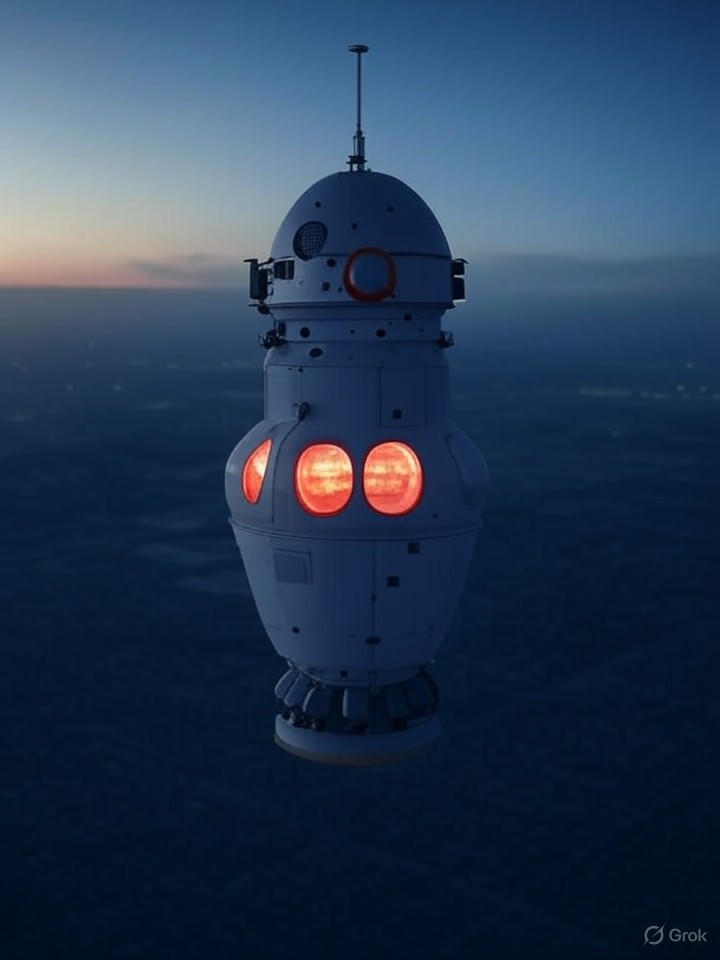UPDATE: Three Chinese astronauts have successfully returned to Earth today, November 14, 2025, after a dramatic delay caused by space debris damage to their spacecraft, the Shenzhou-20. This incident highlights the urgent need for enhanced safety measures in the increasingly crowded environment of space.
The astronauts—Chen Dong, Chen Zhongrui, and Wang Jie—were initially set to return on November 5 but faced a setback when inspections revealed tiny cracks in the capsule’s window, likely inflicted by high-speed debris. The China’s Manned Space Agency confirmed the issue, stating that the cracks compromised the capsule’s re-entry capabilities. Instead of Shenzhou-20, the crew utilized the newly arrived Shenzhou-21 spacecraft, which had just delivered their replacements, for their return journey.
The astronauts extended their mission aboard the Tiangong Space Station by more than a week, remaining in orbit for an additional nine days. During this time, they conducted critical handover procedures and ensured the station’s systems were stable. This event underscores the escalating risks posed by space debris, which now includes over 36,000 pieces larger than 10 centimeters orbiting Earth.
“Space debris is no longer a theoretical threat; it is actively jeopardizing missions,” stated an official from the space agency. The incident aligns with growing concerns about Kessler Syndrome, a scenario where increasing debris leads to cascading collisions in orbit.
Chinese officials acted swiftly by transferring the astronauts to the Shenzhou-21 capsule, leaving the damaged Shenzhou-20 in orbit for future analysis or controlled deorbiting. Experts commend China’s preparedness, noting the Tiangong’s life support systems provided ample margin for the extended stay, with no health issues reported among the crew.
Upon re-entry, the Shenzhou-21 capsule landed safely in Inner Mongolia, with all astronauts reported in good condition and undergoing standard medical evaluations. The experienced Chen Dong remarked, “We remained focused on our tasks and trusted the ground team’s assessments.”
Despite the delay, the crew utilized the extra time to conduct scientific experiments, including microgravity research, thus adding value to their extended mission. However, this incident has raised urgent calls for international cooperation on space debris mitigation. The European Space Agency and NASA have been tracking similar risks, with the International Space Station performing over 30 debris avoidance maneuvers since 1999.
“This event underscores the threat of increasing amounts of space debris,” noted a spokesperson from USA Today. While China has faced criticism for previous contributions to space debris, its recent policies emphasize sustainable practices, including deorbiting spent rocket stages.
Industry insiders view this incident as a wake-up call, with some stating, “It’s a warning from orbit: humanity has turned the sky into a landfill.” Analysts at companies like SpaceX and Blue Origin advocate for active debris removal technologies, such as nets or lasers, to safeguard future missions.
China’s space program remains undeterred, planning to expand the Tiangong station and aiming for a lunar base by 2030. The space agency has announced enhanced monitoring and shielding for future capsules. “This delay was managed effectively, but it highlights the need for proactive debris management to ensure the safety of all spacefarers,” an expert told NBC News.
Emerging solutions are being explored, including AI-driven tracking systems and self-healing materials for spacecraft. Companies like Astroscale are testing debris-capture missions, while international agreements seek to limit new debris generation.
The astronauts’ safe return not only averts a potential crisis but also provides invaluable data on debris impacts, informing designs for future missions. As space becomes more congested, incidents like this may become more frequent unless concerted action is taken.
The financial implications are significant, with mission extensions costing millions in resources. Strategically, this incident reinforces China’s narrative of resilience in the space arena, positioning it as a leader in manned spaceflight alongside NASA and Roscosmos.
In conclusion, the Shenzhou-20 saga reveals the fragility of human presence in space. With over 10,000 satellites launched in the past decade, managing debris has become a top priority. The astronauts’ experience offers a pivotal case study in global protocols, emphasizing the necessity for rapid response and redundancy. As they reintegrate into life on Earth, their story serves as a testament to human ingenuity amidst cosmic challenges, and the space community watches closely, hopeful that this incident accelerates efforts to safeguard the final frontier.













